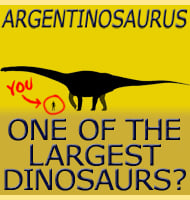Astrophocaudia
In Depth Astrophocaudia was a genus of sauropod named in 2012, and considered to be part of a group of sauropods called the Somphospondyli along with Sauroposeidon. Further Reading - Revision of the sauropod dinosaurs of the Lower Cretaceous Trinity Group, southern USA, with the description of a new genus, Michael D. D’Emic - 2012.
